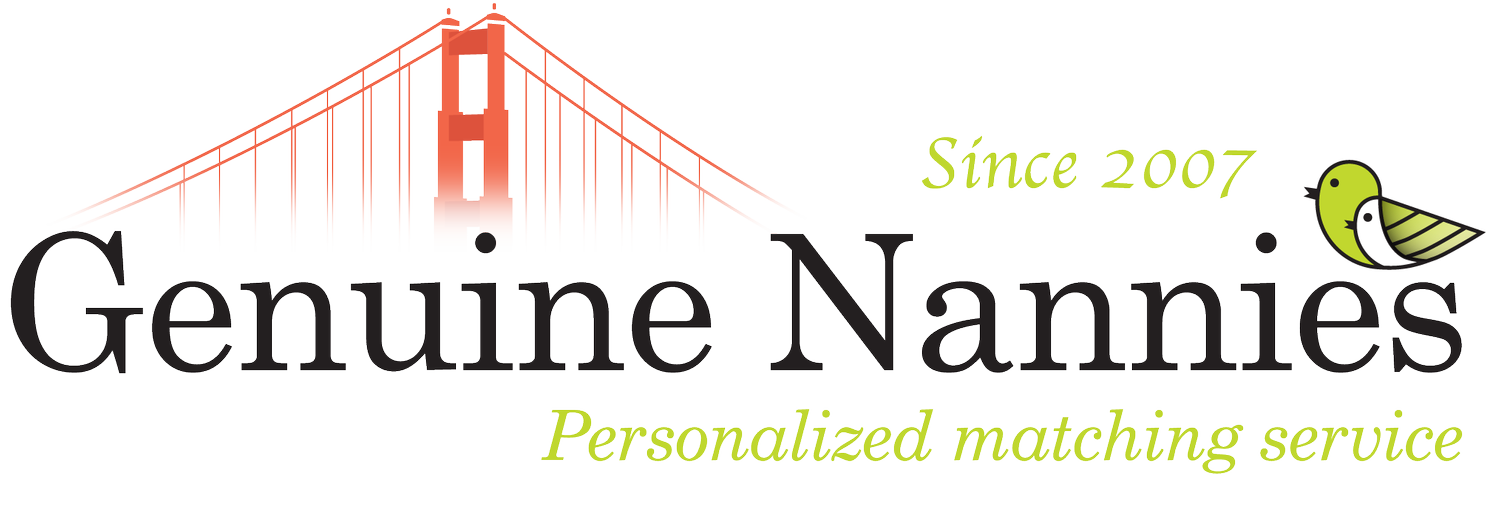Montessori vs RIE
Montessori vs RIE : what are they and how are they different?
When it comes to choosing how to care for our children, there is no right or wrong method. But with so many methods & parenting styles to choose from, how do you know which will work best for your family?
Over the years, methods such as Montessori and RIE have become increasingly popular when discussing different teaching and learning styles amongst parents. But while these methods are on the rise, it still has many parents still asking themselves: what does that even mean?
Montessori
The Montessori Philosophy
Montessori is a method of education that is based on self-directed activity, hands-on learning and collaborative play. Montessori classrooms are designed to meet the needs of children in a specific age range. Dr. Maria Montessori discovered that experiential learning in this type of classroom led to a deeper understanding of language, mathematics, science, music, social interactions and much more. Overall, the philosophy is that children learn more from their experiences than they do from direct teaching, so adults are urged to get out of the way.
Key Components of Montessori Teaching
At the heart of Montessori is allowing children to be immersed in a self-driven task for long stretches of time. In a Montessori environment, children are able to independently choose an activity from a pre-selected set of materials/toys placed within reach. Teachers will demonstrate how to engage or use the materials, but then ultimately steps away to allow the child to explore and experiment on their own.
General Montessori Guidelines:
Materials and activities are deliberate, thoughtful and do not include electronics.
Children are given a variety of choices throughout the day, and move freely throughout the room.
The entire environment is carefully designed to include well-lit, visually pleasing, uncluttered spaces.
Toys, books, and other materials are regularly rotated in and out of the room to keep the children’s interest.
Children are combined in mixed-age groups to minimize competition and to give older children the chance to teach younger ones.
RIE (Resources for Infant Educarers)
The RIE Method
RIE (pronounced “rye”) stands for “Resources for Infant Educarers.” This approach was founded in 1978 by Magda Gerber, a Hungarian immigrant and early childhood educator who lived in Los Angeles.
“Educarer” is a term coined with the idea that parents and caregivers should have respect for even the youngest of infants. According to RIE, babies should be treated as capable and understanding of the world around them, able to learn and flourish if given safe space and freedom from too much adult direction.
Key Components of The RIE Method
The driving force behind RIE is respect—for the child, what they’re thinking and feeling, and what they can do with less instruction than you might think. RIE is about giving a baby or small child dignity through clear communication, independence, validation of feelings, and a recognition that they are already a person who deserves respect.
General RIE Guidelines:
Adults are to speak to babies and children in their natural, adult voices, not in “baby” voices.
Caregivers are to ask for permission when it involves the child’s body, such as a diaper change, a bath, or getting undressed.
Items such as swings, play pens, sippy cups, and pacifiers are discouraged to not undermine their natural development.
Children are given a “yes space” where nothing is unsafe or forbidden where they can explore without restriction.
How do Montessori & RIE Compare?
The Similarities
When comparing the styles of Montessori and RIE, it is clear they share many of the same core values and fundamental philosophies regarding the way in which children learn, such as:
Trusting the child and not interfering with their learning process.
Engaging in a mutually respectful relationship with the child.
Allowing for uninterrupted play and greater independence.
Providing them with a mentally stimulating, safe, educational environment.
The Differences
Comparing Montessori and RIE can sometimes feel like comparing apples to oranges, as they were both created for different reasons and serves a different purpose.
However, the main difference between the two can simply be broken down as this:
Montessori was developed as an educational pedagogy, with the purpose to educate children, whereas RIE was developed to serve as a resource for parents and caregivers and guide them with regard to taking care of young children.
Montessori is an educational system comprised of schools, certified teachers, and intentionally designed classrooms, whereas RIE is structured towards giving the caregivers and parents tools to implement in their own home environments.
The Takeaway
Both Montessori and RIE have their own functions and objectives that serve their intended purpose while still sharing similar core philosophies. Knowing that each method has its own purpose but shares similar philosophies, don’t force yourself to choose! Many families have found success implementing parts of both Montessori and RIE to create the best parenting method for their families.
Want to learn more about Montessori and RIE?
Here are some of our go-to resources to get you started
RIE Course: Nurturing Nanny
Our favorite RIE Book: Baby Knows Best: Raising a Confident and Resourceful Child, the RIE™ Way
Montessori Training: Montessori Training USA
Our favorite Montessori Book: The Montessori Baby: A Parent's Guide to Nurturing Your Baby with Love, Respect, and Understanding

